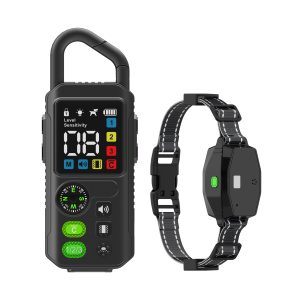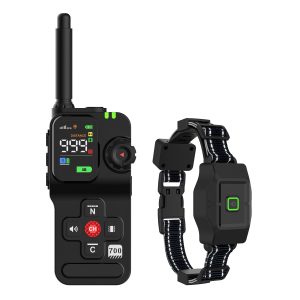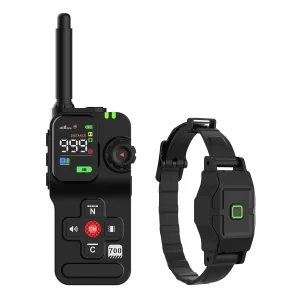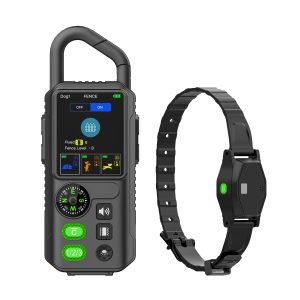The Puzzling Phenomenon of Wireless Dog Fence Interference
Wireless dog fences provide pet owners with the convenience of keeping their furry companions safe within a designated perimeter without the need for physical barriers. However, many users have encountered a perplexing issue that jeopardizes the system’s efficacy – interference. Let’s delve into the intricacies of wireless dog fence interference to unravel the mystery behind this enigmatic phenomenon.
Interference is often a result of conflicting signals emitted by other electronic devices, neighboring wireless fences, or natural obstacles that obstruct the transmission of the fence’s signal. Understanding the root causes of interference is crucial in maintaining the effectiveness of your dog containment system.
One prevalent cause of interference is radio frequency interference (RFI). This interference occurs when the wireless fence’s signal clashes with other RF signals in the vicinity, leading to signal degradation and potential malfunction of the containment system. Identifying potential sources of RFI, such as cordless phones, microwaves, or metal objects, can help mitigate interference and optimize the performance of your dog fence.
Moreover, environmental factors like terrain, topography, and landscaping can also impact the signal transmission of wireless dog fences. Thick vegetation, metal structures, and large bodies of water can obstruct the signal, creating ‘dead zones’ where the fence’s boundary is compromised. Strategic placement of the transmitter and performing signal strength tests can aid in minimizing these environmental interferences.
To counteract interference, consider investing in dual-frequency wireless dog fences that operate on multiple channels to evade signal conflicts. These advanced systems adapt to changing signal conditions, ensuring consistent and reliable boundary enforcement for your beloved pets.
In conclusion, comprehending the complexities of wireless dog fence interference is paramount in optimizing the functionality of your pet containment system. By addressing potential sources of interference, exploring innovative technologies, and implementing strategic solutions, you can safeguard your furry companions while granting them the freedom to roam safely within their designated boundaries.




